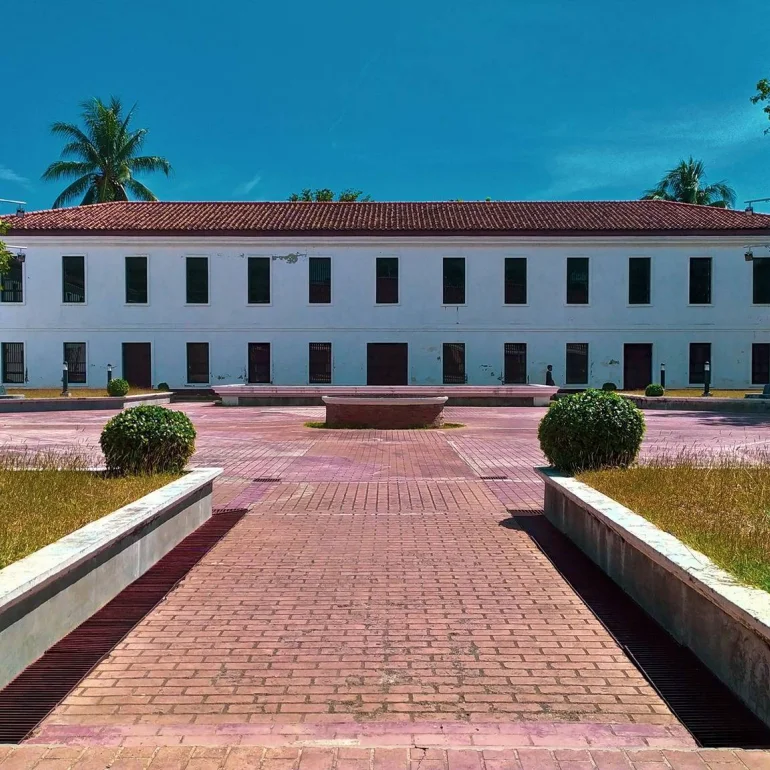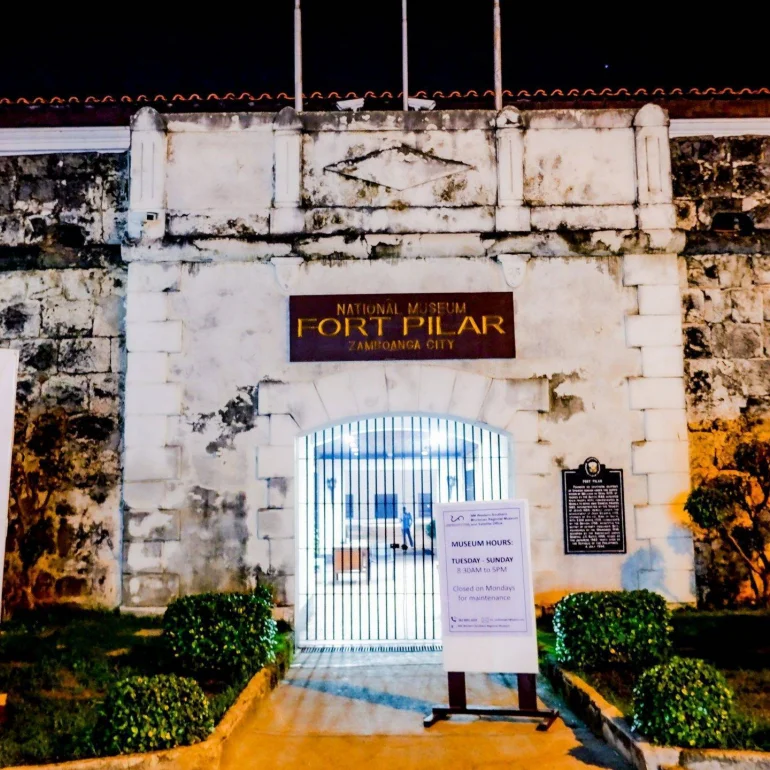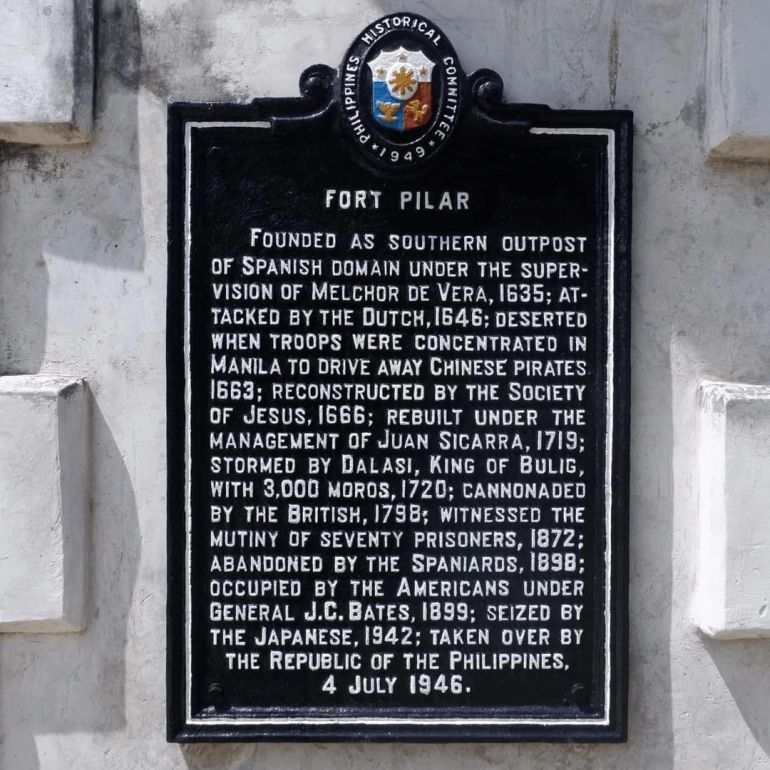NM Western Southern-Mindanao Regional Museum
The establishment of the National Museum Western-Southern Mindanao was made possible through Presidential Decree 260, declaring Fort Pilar as a National Cultural Treasure on August 1, 1973. The construction of Fort Pilar started on June 23, 1635, following the arrival of Fr. Melchor de Vera, a Jesuit missionary engineer; Captain Juan de Chaves; and 1,000 Visayans and 300 Spaniards in Zamboanga.
Fort Pilar, which was De Vera’s masterpiece, was abandoned in 1663 and rebuilt in 1718. For centuries, it served as a defense structure against the attacks of Moros, Dutch, Portuguese and British. It was in disrepair after World War II and was restored to its former grandeur by the National Museum of the Philippines.
The restoration and reconstruction of the three of the four structures inside the fort started in the early part of 1980. After six years of rehabilitation, the museum branch opened its door to the public with a special exhibition on Philippine Contemporary Art in 1986. In October 1987, the permanent exhibition on the Marine Life of Zamboanga, Basilan, and Sulu, showing 400 species of marine life specimens in giant dioramas, was opened simultaneously with the special exhibition on the 18th Century Relics from the Griffin Shipwreck.
In 1988, the Griffin Shipwreck exhibition was brought to Manila for a special exhibition and returned to Zamboanga in 1990. Years 1993 to 2010 were the glorious years of Fort Pilar because of its continuous successful exhibitions and museum education programs. In the later part of 2012 to 2018, the four structures of the museum were retrofitted. The museum was reopened to the public in 2019 with a public program and launching of an exhibition.
On exhibit at the museum are the “Filipinas: Photographs by Isa Lorenzo,” a collection of thirty black-and-white photos of select successful Filipino women; and Bert Monterona’s “All-Out Peace Not War/Kalinaw Hindi Digmaan,” a collection of 22 large-scale paintings highlighting the artist’s advocacies such as campaigning against war, building a culture of peace, protecting the rights of women, promoting sustainable living, and safeguarding the environment.


